How to Use Net Promoter Score to Gauge Customer Loyalty
Last updated on September 24th, 2024
A company’s relationship with its customers plays a vital role in determining if the products or services being sold by the company can remain profitable, especially when there is ample competition in the market. Customer dissatisfaction can lead to a decline in sales, a switch by clients to rival brands and a question mark on the long-term sustainability of the product, service or even the company. Net Promoter Score is a mechanism for calculating customer loyalty.
Why is Customer Loyalty Important for Businesses?
Many businesses decline after enjoying years of success simply because the customers were no longer satisfied with the product. Many large corporations have seen a decline due to customer dissatisfaction, as either the service offered by the company was bad, the fee structures were controversial or the company was simply selling an outdated product. An example of the latter is Nokia, which declined from being the top smartphone company in the world to an almost forgotten brand.
Over the years, many companies have been declining rapidly due to customer dissatisfaction. An example is the Time Warner Cable, which has lost subscribers due to customer dissatisfaction and a switch to online streaming. Similarly, the Japanese automaker Suzuki has rapidly declined over the years, particularly in South Asian markets due to its extravagantly high pricing and substandard cars. Earlier, American Suzuki Motor Corp. in 2012 ended U.S. auto sales and filed for bankruptcy protection. One of the reasons attributed to the exit after nearly 30 years in the American market was poor vehicle quality, in other words, customer dissatisfaction.
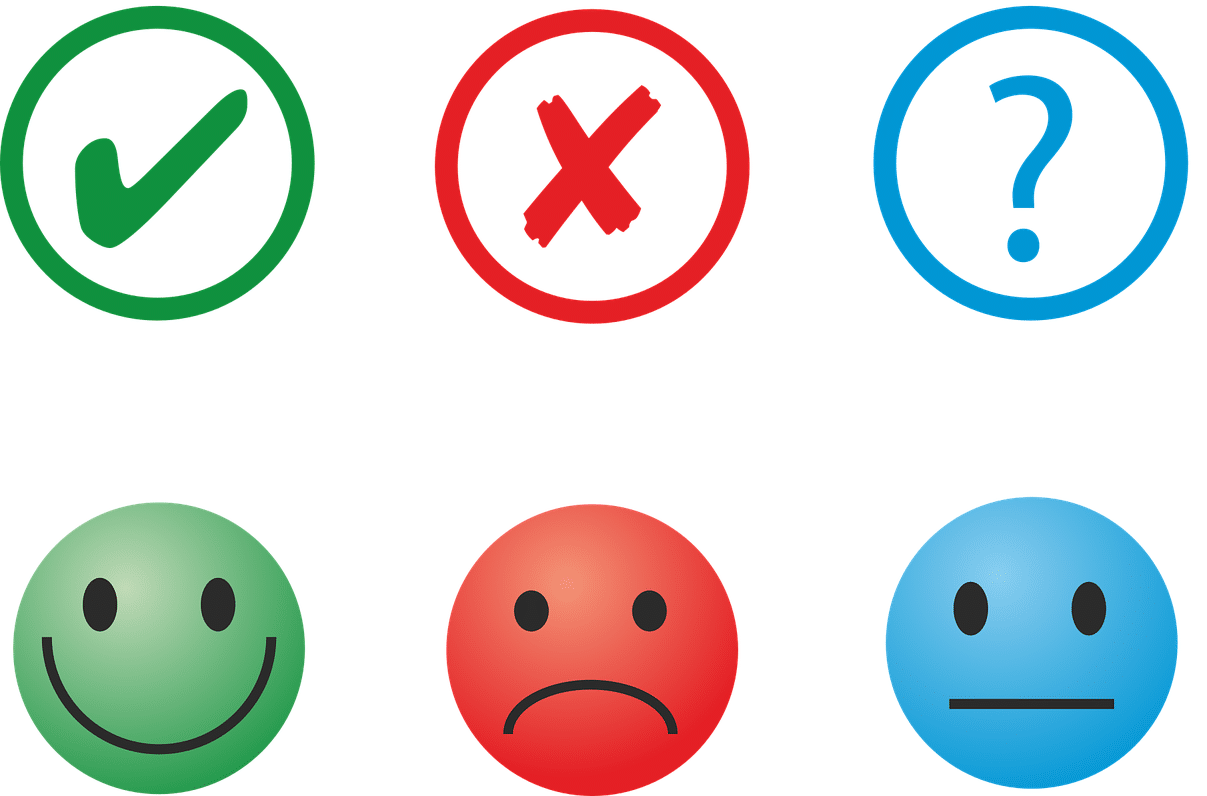
What is Net Promoter Score?
NPS or Net Promoter Score is used to gauge customer loyalty. This is an alternative to conventional types of customer satisfaction research and is used by more than half of Fortune 1000 companies. NPS is a management tool and is correlated to revenue growth of the company. NPS estimates the relationship between a provider and a consumer. The score can be -100 to +100. The metric was the brainchild of Fred Reichheld and was first mentioned in a Harvard Business Review article in 2003, titled; ‘One Number You Need to Grow’.
The Methodology
Since the Net Promoter Score is used for predicting customer loyalty, the methodology uses Quantitative marketing research. The methodology is usually double-blind, where the respondent does not know about the company which is asking the questions and the anonymity of the customers is maintained. NPS is usually conducted using third-party firms or researchers who gather customer data, asking questions that are psychographic or demographic for customer segmentation. The survey can take 15-20 minutes, with questions aimed at estimating the customer’s economic value.
The first part of NPS is a single question survey which has a 0–10 numerical rating. This is followed by open-ended feedback. Customers are separated in three groups based on their score.
Promoters: A promoter actively recommends a product or service, even staking their reputation on the line for it. A promoter has a score of 9 or 10.
Passives: A passive might have liked the product but might not recommend it. A passive might have run into a few issues with the product or service with an overall good experience. A passive has a score of 7 or 8.
Detractors: These are unsatisfied customers. They can be louder than promoters and can actively discourage others from using a product or service. A detractor has a score of 6 or below.
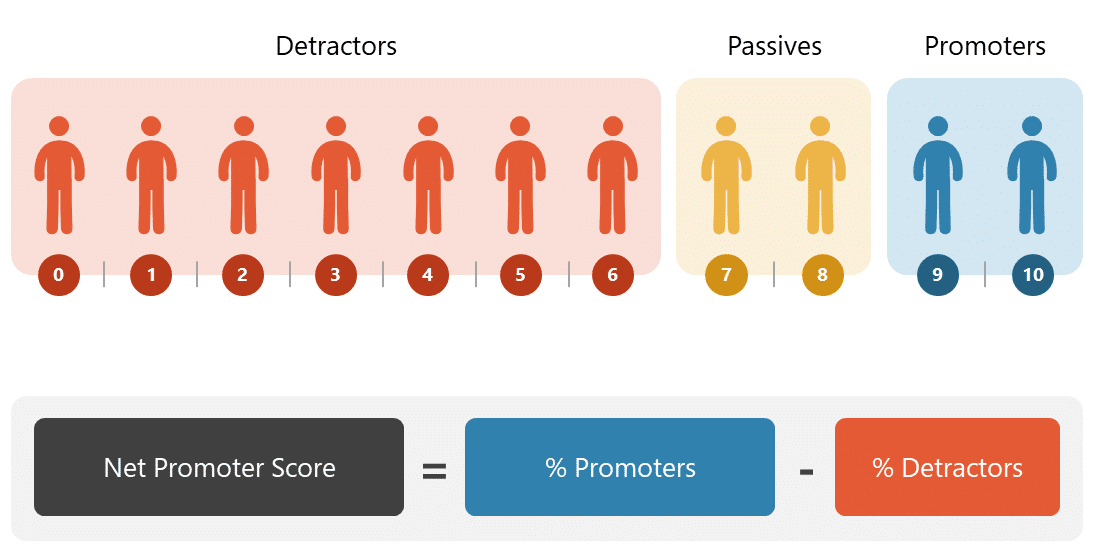
Why bothering with customer satisfaction, customer loyalty and customer loyalty programs? One of the main advantages of an effective loyalty program is that this kind of programs can help to achieve an immediate impact on the customer retention rate.
Net Promoter Score Calculation
The NPS score is calculated using the following formula: Promoters – Detractors = NPS Score. For example, if a company had 60% promoters and 10% detractors the NPS score would be 60-10=50.
If the score is higher than the competitor, future growth can be expected, since it’s deemed as a reliable indicator. It is also believed by some NPS proponents that the same method can be used to calculate employee loyalty.
NPS Variants
Net Promoter Score variants can be divided into three types of feedback, namely, relationship, experience and competitive benchmark. You can estimate growth, loyalty and competition using these three NPS variants.
Relationship: This type of NPS is meant to understand customer relationship to improve products and services, sales, pricing, etc. Companies contact some of their own customers to understand the likelihood of the customer to recommend their product or service to other customers. This provides feedback of the relationship between the customer and the company.
Experience: This type of survey checks customer experience. The purpose of this type of NPS survey is to understand what type of customer experience is being offered to customers or how they feel about their interactions with the company or its brand. This can be useful for improving the customer experience.
Competitive benchmark: For this kind of survey, the company seeks feedback from not only its own customers but also of the competitor’s clientele. This can help set long-term company goals, e.g. to gain more market share by better catering for customer needs.
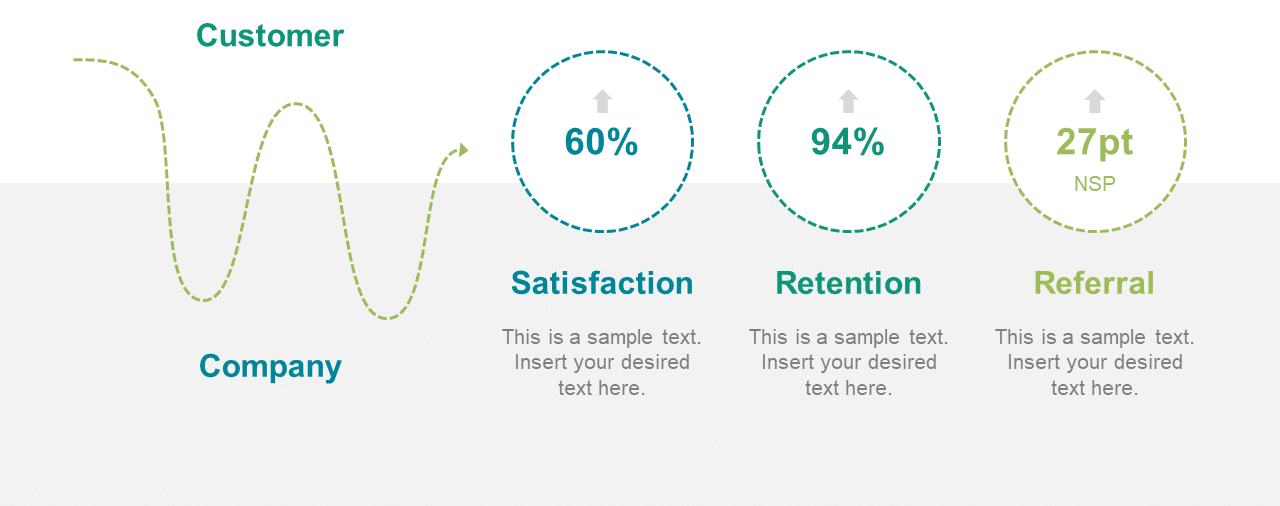
NPS Alternatives
There are many NPS alternatives, with some being proprietary. Some of the common NPS alternatives are mentioned below.
CSAT: Customer Satisfaction or CSAT is an NPS alternative which measures customer satisfaction for a product or service. CSAT is different from NPS because the latter is focused on measuring customer loyalty to the organization.
Post-Purchase Survey: These are surveys sent to the customer after a purchase to gather feedback from the customer regarding the experience associated with the transaction.
Kano Model: Developed in the 1980s, the concept divides customer preferences in five categories. The model was developed by Professor Noriaki Kano from Japan and translated in English. The five categories of the Kano Model include must-be quality, one-dimensional quality, attractive quality, indifferent quality and reverse quality. Other than customer satisfaction, the Kano model also looks at attributes of a product that make it exciting for the customer.
Analyzing Existing Customer Data: There are a number of CRM platforms, web applications and offline tools which can help you drill down into customer data to analyze customer experience and satisfaction. This can include analyzing website data for sales, purchase, customer ratings, reviews, etc.

Net Promoter Score PowerPoint Templates
To present and discuss your NPS results, you can use the following PowerPoint templates which come with NPS diagrams, layouts and infographics. Here is a list of useful PPT templates that you can use to present NPS to an audience, however if you want detaile information on how to create presentations, you can refer to our article on how to present Net Promoter Score Analysis to the audience.
1. Net Promoter Score Diagram for PowerPoint
This premium PowerPoint template can help display NPS score and make slides to elaborate upon NPS results. You can also create NPS diagrams and infographics using this easy to edit diagram template. The NPS template also provides individual slides to focus on promoters, passives and detractors. You can use it to present a NPS improvement plan in a PPT presentation.
Go to Download Net Promoter Score Diagram for PowerPoint
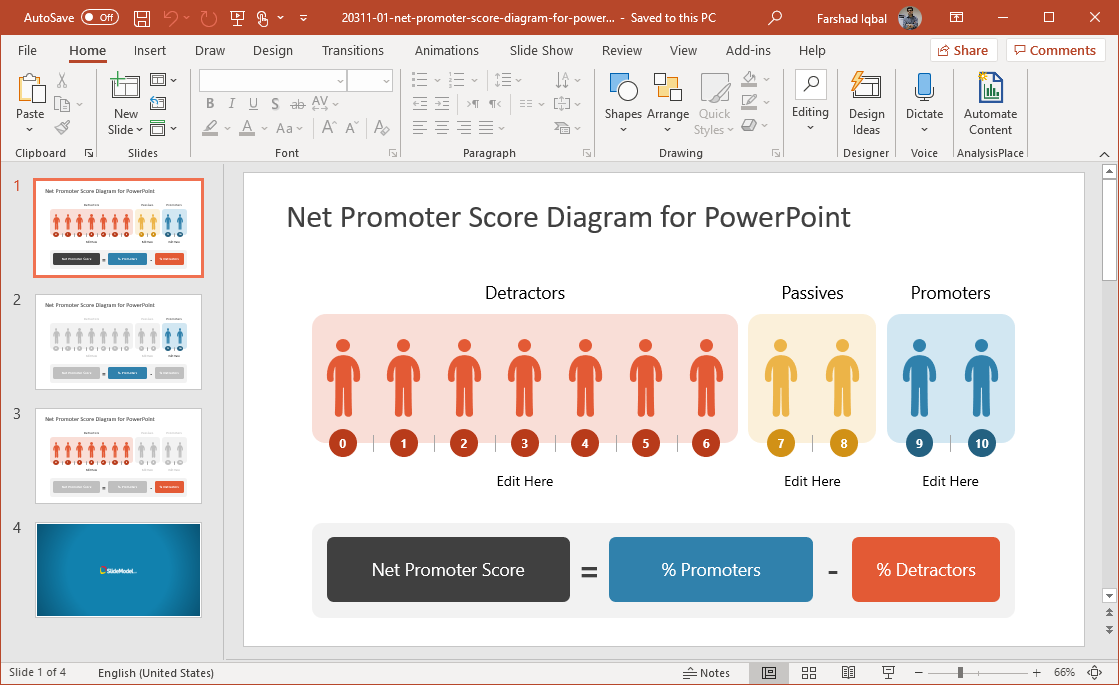
2. Net Promoter Score PowerPoint Template
This is a dashboard style template to reveal your metrics for NPS results in the form of diverse slide layouts with infographics, gauges, rating clipart and charts. You can edit the given slides for making virtually all types of NPS slides that you can think of to reveal your metrics.
Go to Download Net Promoter Score PowerPoint Template
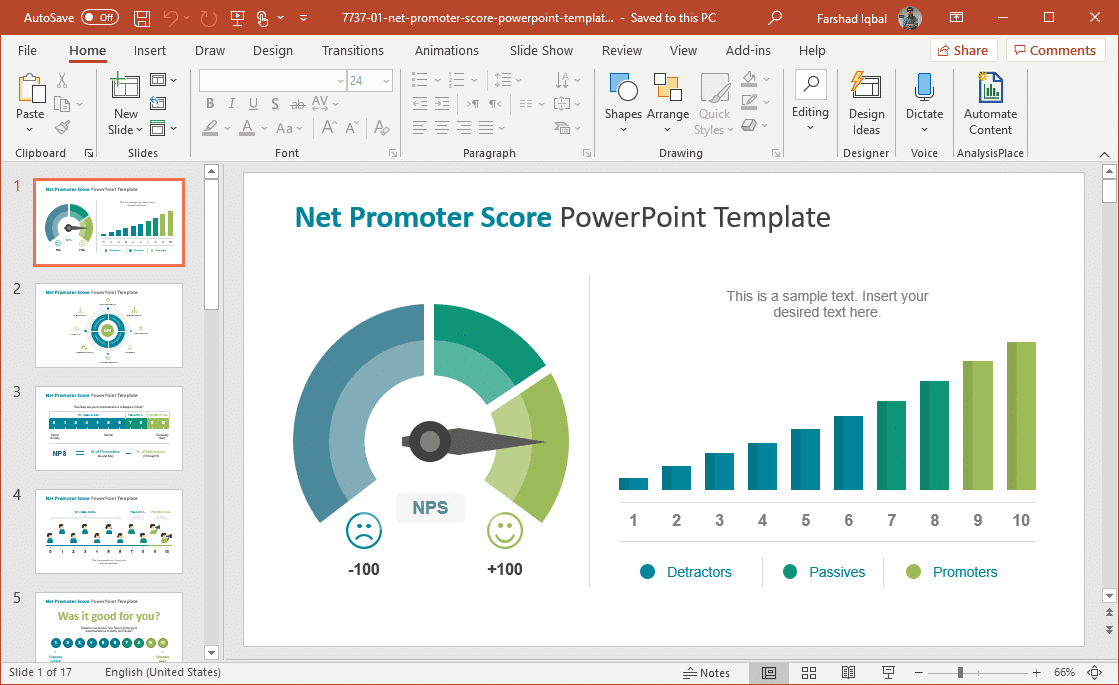
Conclusion
NPS has also come under criticism by some researchers for being not very different from other conventional tools of its kind. However, it is a widely used tool for analyzing customer relationships. NPS can be quite useful to understand customer experience and the company’s standing against its competitors. You can present your Net Promoter Score and strategic plans in line with customer feedback using the NPS PowerPoint Templates via the SlideModel link given below.
